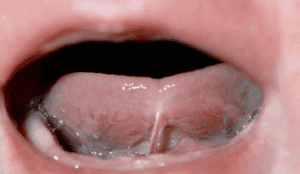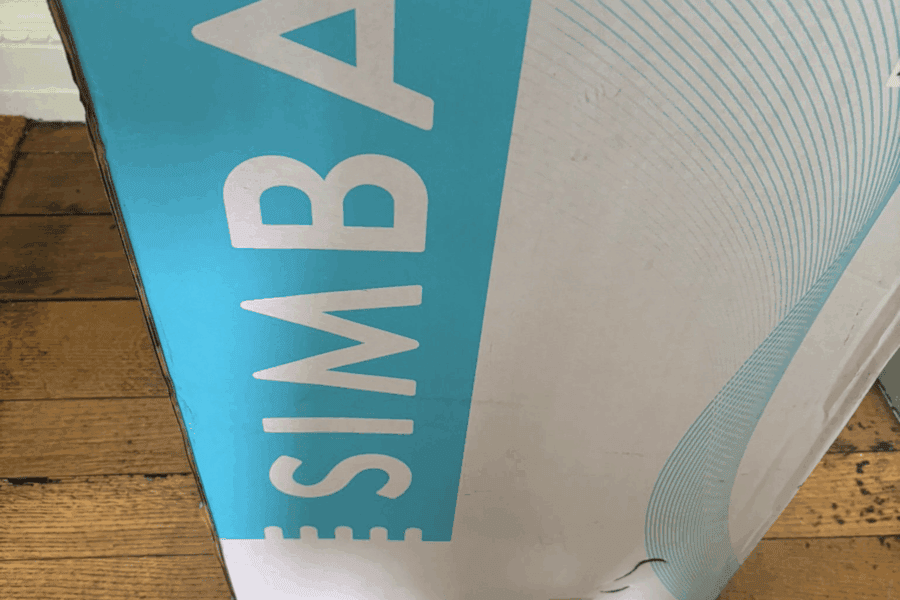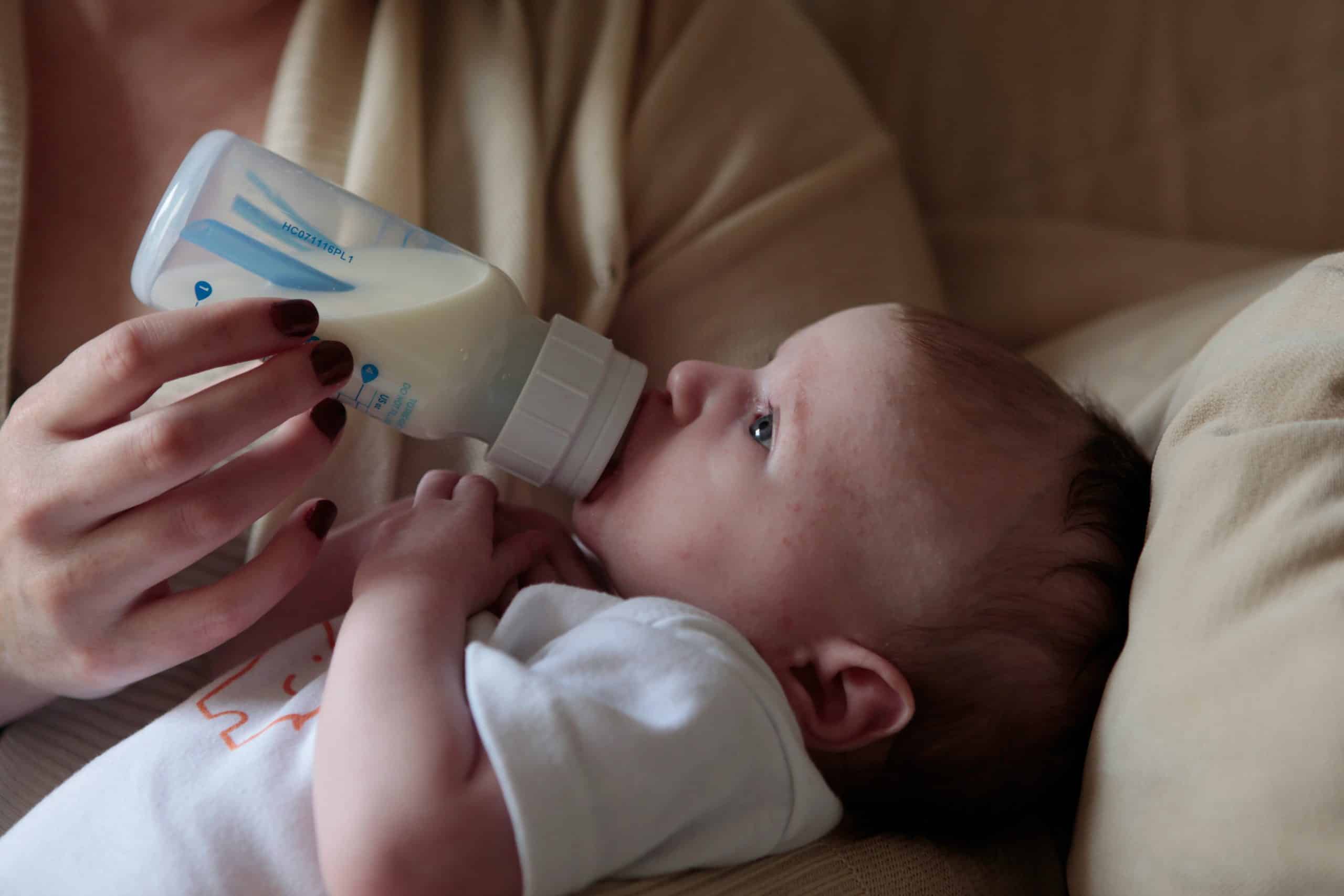About tongue tie
Nine years ago when I first began Maternity Nursing I had never even heard of a baby having tongue tie. Even five years ago it was rare for someone to mention a baby being affected by it
However in the last two years I have worked with and spoken to so many parents with babies who have been diagnosed with TT, that it amazes me how much of a common problem it is.
That doesn’t mean it wasn’t around five or even nine years ago, but it was an issue that mostly went undiagnosed.
That is still the case for many many babies to this day, but with the help of lactation consultants and Health Visitors and midwives being more aware of the issue now, then at least more babies are being helped.
Being Tongue tied can (but not always) cause major feeding issues with both breast and bottle fed babies, so I felt it important to write this post to make you as parents, more aware of the signs and symptoms, which will allow you to then approach your midwife, doctor, HV or lactation consultant with your suspicion, in order to get a confirmed diagnosis.
Having a TT corrected can make a huge difference to the way a baby feeds-particularly in breastfed babies, and can sometimes make the vital difference in allowing mum to persevere with breast-feeding without major pain or feeding issues
What is Tongue Tie?
Tongue-tie is a birth defect that affects 4-11% of newborn babies. It’s more common in boys than girls.
Normally, the tongue is loosely attached to the base of the mouth with a piece of skin called the lingual frenulum.
In babies with tongue-tie, this piece of skin is unusually short and tight, restricting the tongue’s movement. This prevents the baby feeding properly and also causes problems for the mother.
What problems does it cause?
To breastfeed successfully, the baby needs to latch on to both the breast tissue and nipple, and their tongue needs to cover the lower gum so the nipple is protected from damage.
Babies with tongue-tie aren’t able to open their mouths wide enough to latch on to their mother’s breast properly. They tend to slide off the breast and chomp on the nipple with their gums.
This is very painful and the mother’s nipples can become sore, with ulcers and bleeding. Some babies feed poorly and get tired, but they soon become hungry and want to feed again.
In most cases, these feeding difficulties mean the baby fails to gain much weight as they snack feed on the breast taking in too much foremilk (see more detail on foremilk and hind milk difference here)
Tongue tie can cause feeding issues in both breast and bottle fed babies and being treated can make feeding much happier and easier for everyone
How is tongue-tie treated?
Treatment is not necessary if your baby has a piece of skin connecting the underside of their tongue to the floor of their mouth, but they CAN feed without any problems.
Many babies can have a mild tongue tie but feed perfectly well and put on weight.
If you find you are having feeding issues then the tongue-tie needs to be divided.
Tongue-tie division
Tongue-tie division involves cutting the short, tight piece of skin connecting the underside of the tongue to the floor of the mouth. It’s a simple and almost painless procedure that usually resolves feeding problems straight away.
The National Institute for Health and Care Excellence (NICE) supports the use of tongue-tie division, as it’s safe and there is evidence it can improve breastfeeding.
The Association of Tongue-tie Practitioners website provides a list of NHS tongue-tie practitioners.
Many lactation consultants are also now qualified in being able to do a TT division
(I have a contact that many parents have used based in London and another in Manchester so please contact me directly for more info)
How tongue-tie division is carried out
In babies that are only a few months old, division of tongue-tie is usually performed without any anaesthetic or with a local anaesthetic that numbs the tongue.
A general anaesthetic is usually needed for older babies with teeth, which means they’ll be asleep during the procedure.
The baby’s head is held securely while sharp, sterile scissors are used to snip the tongue-tie. Some practitioners may use a laser instead of scissors.
The procedure only takes a few seconds, and you can start feeding your baby immediately afterwards. Some babies sleep through it, while others cry for a few seconds. In small babies, being cuddled and fed is more important than painkillers.
There should be little blood loss, though some bleeding is likely. A white patch may form under the tongue, which takes 24 to 48 hours to heal, but doesn’t bother the baby.
Tongue-tie in older children and adults
Untreated tongue-tie may cause no problems as a child gets older, and any tightness may resolve naturally as the mouth develops with age.
However, some cases can persist, and may cause problems such as speech difficulties and difficulty eating certain foods.
You should speak to your GP if you’re concerned your child may be experiencing problems caused by tongue-tie.
I hope that you found this post helpful
Please SHARE with others you feel it may benefit




